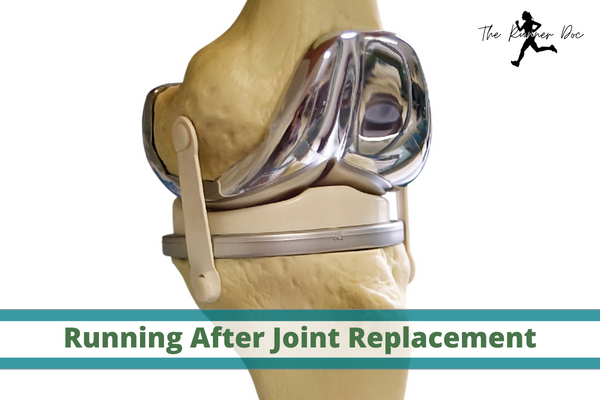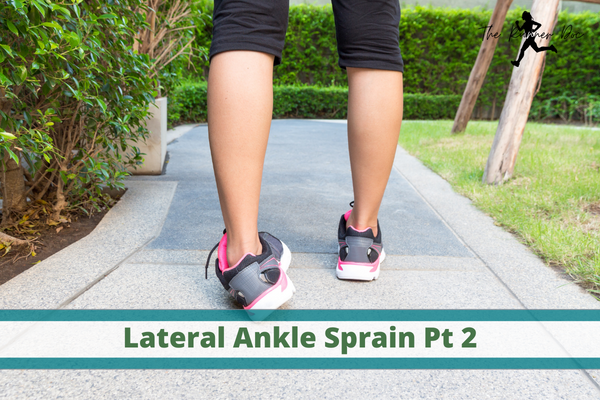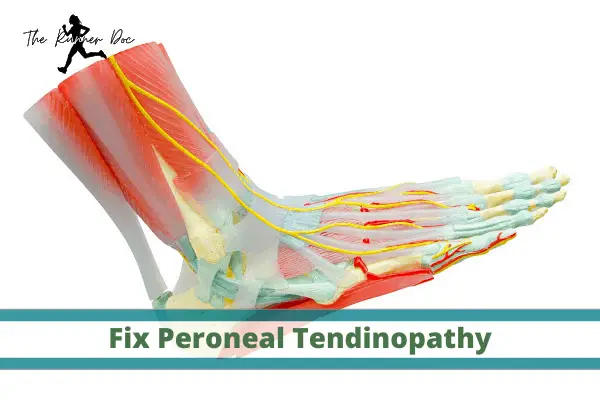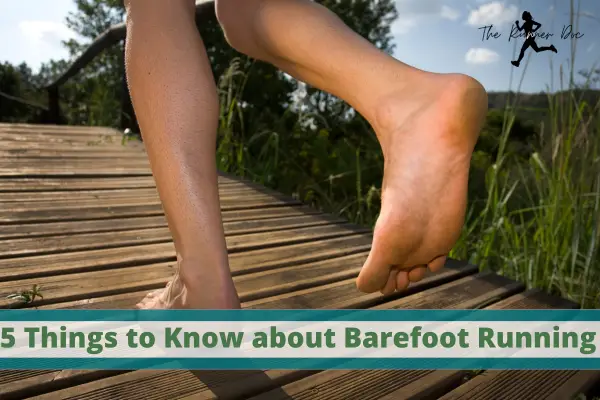How to Run Safely after Total Joint Replacement: All Hope is Not Lost!
Can you run after total joint replacement?
Running after a total joint replacement can be a daunting task, but with the right approach and mindset, it’s definitely possible to get back to the activity you love.
Whether you’re a seasoned runner or just starting out, this guide will provide you with the information you need to safely and effectively return to running after a total joint replacement.
(THIS POST PROBABLY CONTAINS AFFILIATE LINKS. OUR FULL DISCLOSURE POLICY IS REALLY BORING, BUT YOU CAN FIND IT HERE.)
Understand the Risks of Running After a Total Joint Replacement
First and foremost, it’s important to understand that the recovery process following a total joint replacement will vary from person to person. It’s essential to follow the advice and guidelines provided by your surgeon and physical therapist. They will be able to provide you with an individualized rehabilitation plan that will help you gradually build up your strength, flexibility, and endurance.
It is also crucial to know that there is very little evidence or research for or against running after a total joint replacement. Many surgeons will recommend low-impact sports ONLY after a total joint replacement and some will even go on to tell you that they won’t fix your joint if you do high-impact activities after surgery if it is damaged etc.
There is plenty of research about running and arthritis and the fact that it DOES not cause you to need a joint replacement. In fact, the research shows that you are less likely to need a hip or knee replacement if you are a runner. You can learn more about arthritis and running at the link.
But this doesn’t directly translate to running with a joint replacement. While in theory the joint is the same as your natural one we just aren’t sure of the effects. Many more studies need to be done in order to know for sure. Even then, there will be disagreeing sentiments on the subject.
Will Running Wear out my Joint Replacement Faster?
In truth, no one knows. There is no research on how a high-impact sport such as running will affect the prosthesis that is placed during a joint replacement. That is probably why most surgeons err on the side of caution and advise against anything like running post-joint replacement.
But just because there isn’t any research about it, doesn’t mean that it will wear down faster. The thing that I think many people forget, is the fact that these joint replacements are strong. They aren’t delicate, they are made to mimic bone and the joints that we were born with. Therefore, there is reason to believe that if running doesn’t cause the joints to become arthritic and worn down, wouldn’t the same stand true for replacements?
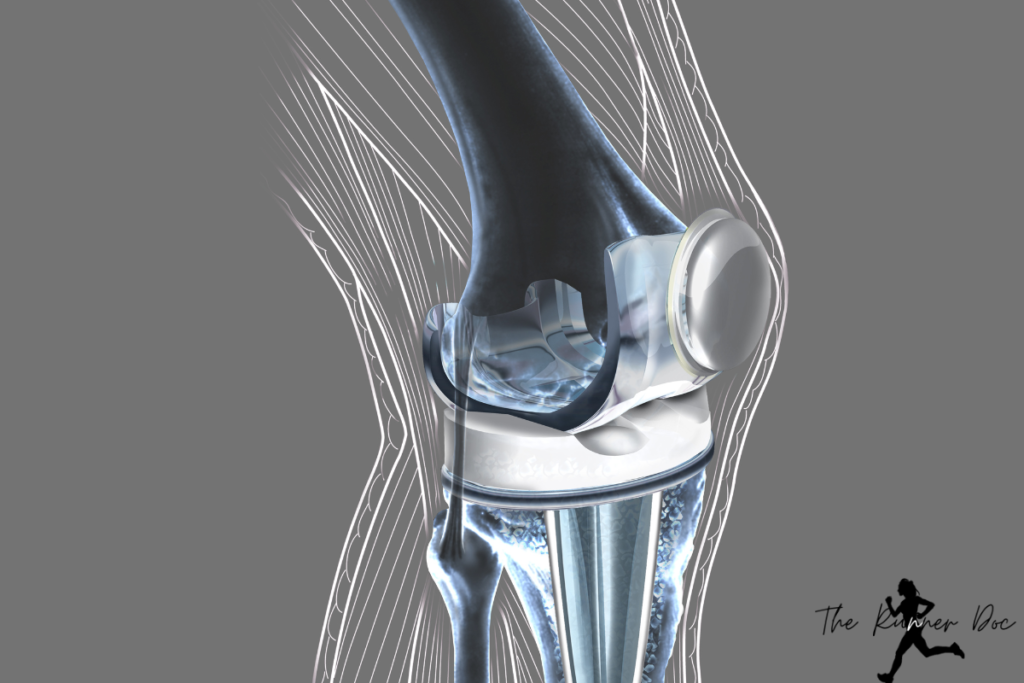
This is just my theory and as I said, there is no research available to say one way or another.
On the other side of the spectrum, the difference between a natural joint and an artificial joint is the ability to repair. Our body repairs itself. An artificial joint does not have that capability. That means there is the potential of it wearing down over time and running expediting that process.
Again, all of these are theories due to the lack of research available on the topic!
Prepare Your Body for Running Again
Before you begin running, it’s essential to make sure that your joint replacement is fully healed. This typically takes around 12-16 weeks but can vary depending on the type of surgery and your individual recovery. Your surgeon or physical therapist will be able to advise you on when it’s safe to start running. Generally, the time frame is at least 6 months after surgery to ensure the joint is healed and your body is ready.
Completing your full physical therapy treatment regimen will be key to your success. Let your physical therapist know at the start that your goal is to return to running. Your therapy will probably end up lasting longer than a non-runner friend that had the same surgery due to your activity goals.
Strength training will be the first thing that you start to incorporate in after the basics of joint replacement therapy are covered. You will want to ensure your legs, hips and everything else is ready to support your running.
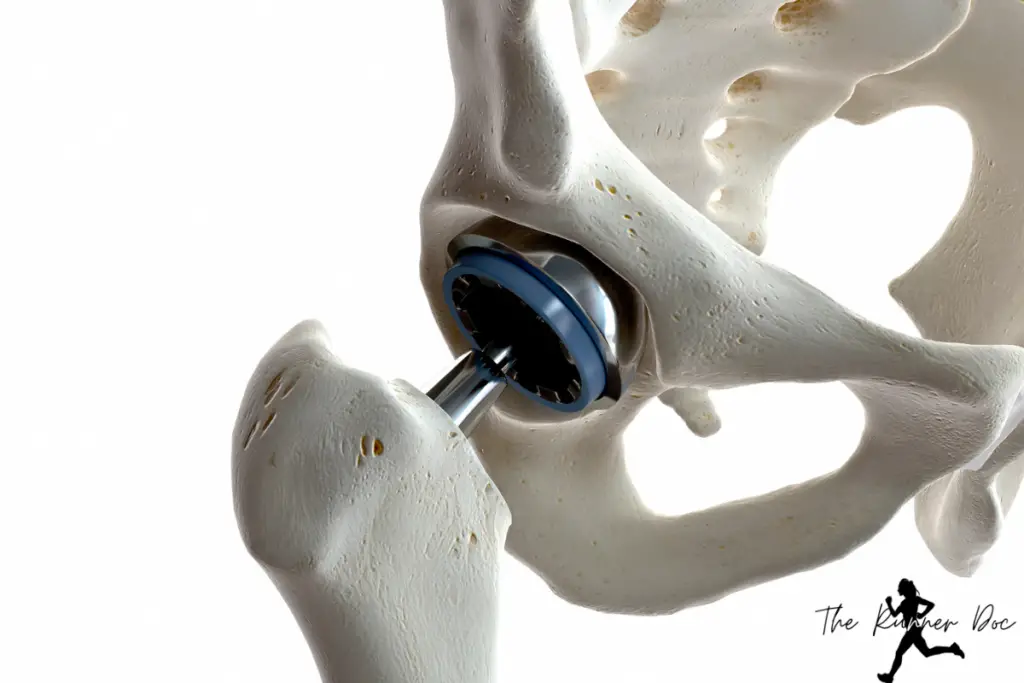
Consult with Your Physician Before You Start
This should actually probably happen before you even have surgery. Interview surgeons and find one that supports your goal of returning to running after surgery. Remember, there are some out there that still follow the thought that running is bad for your joints, as a runner you want to steer clear of those surgeons.
This also might mean you need to go out of town for your surgery. If you live in a smaller community with not a lot of choices of surgeons you might have a difficult time finding one that is supportive and willing to “take the risk” on performing a joint replacement on someone that plans to run after surgery.
During your recovery, you will be in for regular checkups with your surgeon. The surgeon will ultimately be the one that gives the okay on when you can start running again.
Take It Slow and Gradually Increase the Intensity
Once you’ve been given the green light to start running, it’s important to start slowly and build up gradually. Start with a combination of walking and running, and increase the amount of running gradually over time. Your goal should be to gradually increase the duration and intensity of your runs, rather than trying to run too much too soon.
It’s also important to pay attention to your body and listen to its signals. If you experience pain or discomfort, stop running and take a break. Remember that pain is your body’s way of telling you something is wrong, so it’s important to listen to it. Reassess what you are doing and maybe have a check-in with your Physical Therapist to dive deeper into what is causing the pain. A lot of times it can mean that you need to work more on strength.
How to know if Running after a Joint Replacement isn’t for you?
First of all, no one said you have to run after a joint replacement right? Second, you should be running because you love it, end of the story. There are plenty of forms of exercise you can do that are low-impact and provide the same health benefits.
However, if you are someone that absolutely loves running but is struggling after joint replacement there are some key signs that maybe it is time to try something new.
- pain during or after your run
- lingering pain
- limp
These seem like simple things that most people should know are bad signs, but runners are a special group in determination to get a run in. As I said before if these things are happening it is time to get more expert advice to see if running is possible and work on the basics some more.
Final Thoughts on Running with a Joint Replacement
Running after a joint replacement is possible, but it requires patience and determination. It’s important to consult with your physician before you start running again to ensure that your body is ready for the task at hand. Your physical therapist can also provide guidance on how best to proceed in order to return safely back into the sport of running without risking further injury or pain.
Strength training will be an important part of preparing yourself for returning to running and should not be neglected during this process. Finally, if you experience any lingering pain while running, take a rest day and reassess what might need more work before continuing forward with your goal of getting back out there!
With enough time and dedication, almost anyone can get back into their favorite sports activities even after undergoing major surgery such as a joint replacement – so don’t give up!
AFFILIATE DISCLOSURE
As an Amazon Associate, I earn from qualifying purchases. This post may contain affiliate links. If you use these links to buy something we may earn a commission. The Site may contain links to affiliate websites, and we receive an affiliate commission for any purchases made by you on the affiliate website using such links.
All information should be used as a tool for more knowledge on the subject topic, to use as references for later articles where applicable, or just to keep it in mind during future exercise routines or activities.
This article is not meant to give medical advice or to replace professional health care. Should any ailment occur please contact your doctor or physical therapist immediately to keep yourself safe and prevent further damage.
The author is not liable for any personal or commercial damage directly or indirectly related to the content hereof. You are responsible for adhering to local laws and regulations regarding health & safety, including proper use of equipment or safety gear, and compliance with governing healthcare associations, and state, and federal regulations.
Running after a total knee or hip replacement
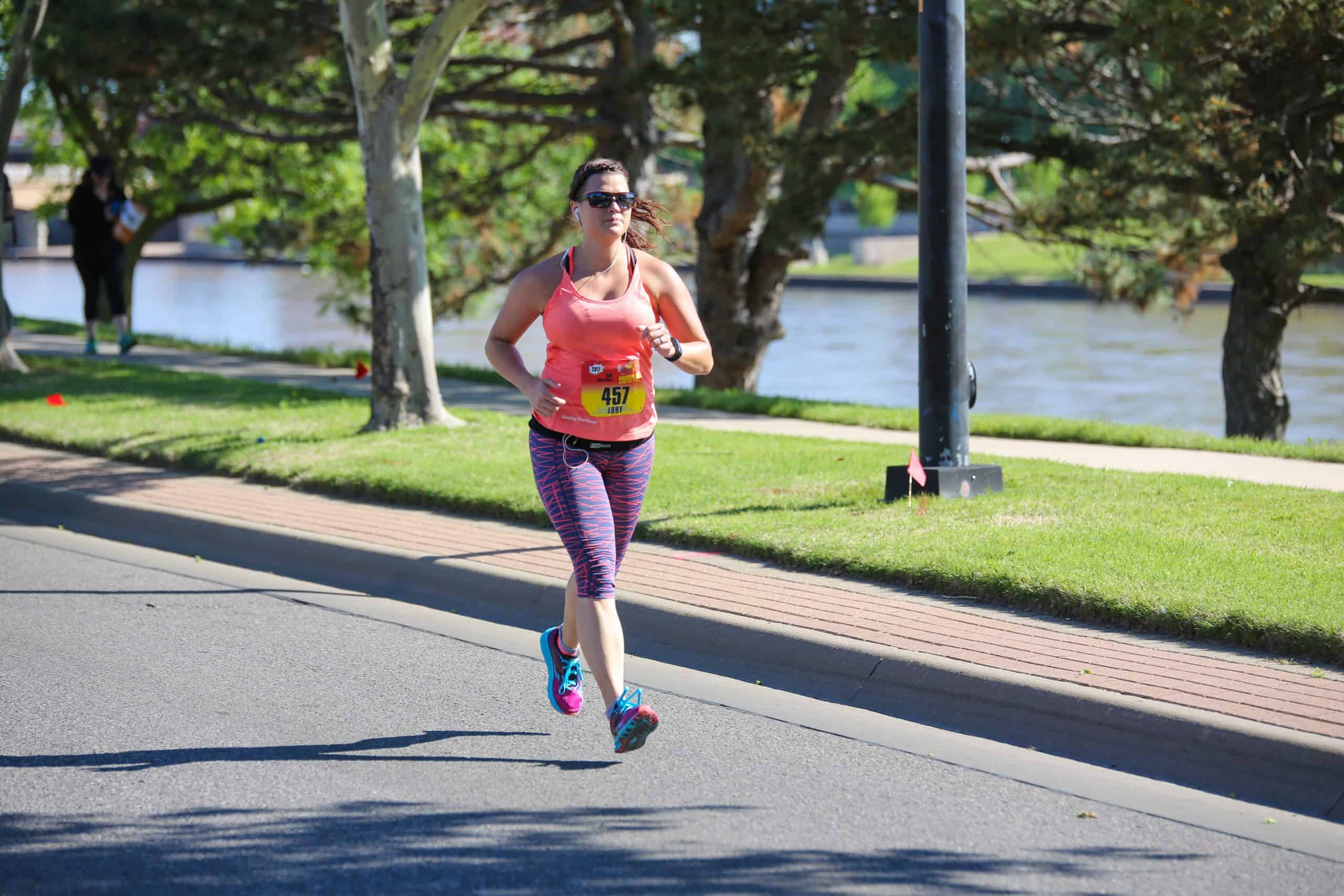
Dr. Abby Siler, PT, DPT is a Physical Therapist with 10 years of experience in a variety of settings. She has spent the majority of her time treating athletes in orthopedic clinics and worker’s compensation cases. She is a runner herself for the past 15 years and a lifelong athlete. Dr. Abby loves to teach runners how to stay injury free and out of her clinic.

